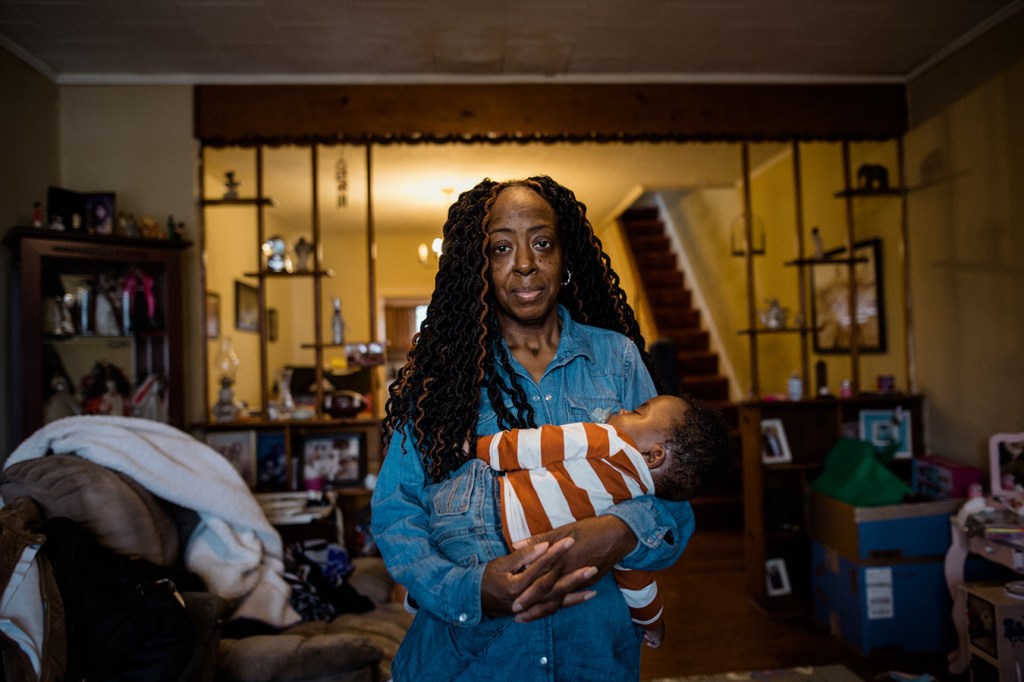Hospital IT departments face the daunting challenge of interoperability to enable clinicians to harness volumes of data generated from devices and systems each day.
There are still persisting interoperability issues around data quality, as well as data inconsistencies, despite efforts made by standards organisations and the existence of regulatory incentives to encourage vendors and healthcare providers to improve system interoperability.
During the “Healthcare Interoperability: Are your medical devices EMR ready?” webinar jointly organised by Philips and HIMSS, the design development and implementation of an interoperability strategy based on an enterprise versus department-by-department approach were highlighted.
Benedict Tan, director, chief digital strategy officer and chief data officer at Singapore Health Services (SingHealth), and Kevin Phillips, lead of Clinical Data Services at Philips Global, joined the virtual discussion on 2 September where they shared strategies and solutions to address issues around interoperability.
In embarking on hospital interoperability, providers must first understand “how and where they need to interoperate”, according to Tan. The process starts, in Phillips’ view, by taking an inventory: listing devices and workflows and pointing out bottlenecks and things to improve on. Healthcare providers then need to know their IT landscape: do they have a strong IT team to lead the process?
Innovation is constant in the healthcare industry and as such, providers may need to interoperate with different systems or devices in the future. That is why when health organisations establish interoperability, it is “very critical” to partner with an open, transparent vendor or solutions provider, Tan stressed.
From a vendor’s perspective, medical device maker Philips claims to be pushing towards greater transparency and vendor neutrality. “We’re giving tools where data can be used and leveraged in as many different options as deem appropriate,” Phillips said.
Minimising cyber risks
Cybersecurity, which is noted among concerns around interoperability, is also one area where close collaboration between providers and vendors is crucial.
According to Phillips, a risk-based approach may well be employed to reduce security risks in hospital systems. A part of this is setting up a connectivity hub to get devices’ data up onto a network where those are all encrypted.
Given there are already many solutions out there that are able to block intrusions, IT vendors such as Philips are just trying to prevent those incidents from happening for their clients. “[There are] many different ways of prioritising risk, identifying that and really being able to have transparent ways of communicating that,” Phillips said.
And yet sometimes a provider may “overly secure” their system, which then hinders the whole treatment or cure process, leading to medical errors, Tan claimed.
To properly secure a system, collaboration indeed is key. Great interoperability requires an active partnership between a care provider and their vendors, who together balance the challenges between security and transparency and system connectivity.
Phillips said it is a “continual balancing act” for all stakeholders under a partnership to ensure the health system is as safe as possible. “But it’s never done; we’re always balancing that risk, each release, each year. And we address it when things come up,” he said.
“When there are [detected] vulnerabilities, we identify those early and we try and address those as quickly as possible,” he added.
Shift to cloud and its implications on interoperability
During the pandemic, there has been a noticeable shift to cloud technologies in the healthcare industry which Philips is heavily investing lately. The vendor has made considerations on how data is captured, managed on-premise and sent to the cloud.
However, this has not been without challenges, especially when it goes beyond the four walls of the hospitals, Phillips noted. A handful of challenges in setting up at-home care systems are actually related less to technology than to the delivery of remote patient care.
While Phillips sees the move to the cloud and greater mobility are clear moving trends, Tan perceives that many organisations are still uncomfortable in making the shift. But the SingHealth official insisted on focusing and pushing research and development in these areas and collaborating to bring simple health devices at home.
—
To get all the insights from this webinar, click here.
This was the third episode in a three-part series:
Note: This article have been indexed to our site. We do not claim legitimacy, ownership or copyright of any of the content above. To see the article at original source Click Here

.jpg)











